Space, the final frontier, not just for exploration but also for food experimentation. Imagine your favorite Japanese miso soup acquiring a nuttier, more roasted flavor simply by orbiting Earth. Yes, that’s right – space can alter the taste of our beloved foods.
**A Culinary Experiment in Orbit**
Picture this: aboard the International Space Station (ISS), researchers ventured into uncharted territory by fermenting miso, a traditional Japanese condiment with centuries of cultural significance. This groundbreaking study unveiled how the unique environment of space impacted the flavor profile of fermented foods.
Expert industrial designer and researcher Maggie Coblentz from MIT’s Space Exploration Initiative highlighted the novelty of introducing fermentation to space cuisine. In a realm dominated by freeze-dried meals, fermentation emerges as a promising avenue to enhance flavors and preserve food while fostering microbial diversity.
**Unleashing Microbial Magic**
The flavor journey began with selecting miso for its robust structure and intense taste – qualities that make it an ideal candidate for such pioneering gastronomic experiments. A team led by interdisciplinary food researcher Josh Evans concocted a mixture comprising cooked soybeans, salt, and fermented rice known as kōji to create approximately 1 kilogram of miso-to-be.
The concoction embarked on its celestial voyage from Florida in March 2020 after being meticulously frozen alongside counterparts destined for Earth-based fermentation in Copenhagen and Cambridge, Mass. The subsequent 30-day fermentation process heralded the emergence of distinct flavor profiles shaped by microbes and environmental conditions.
**Taste Test Beyond Earth**
Fourteen discerning tasters were summoned to savor the fruits of this cosmic culinary undertaking – miso samples from Copenhagen (Earth), ISS (Space), and Cambridge (Earth). Their palates discerned nuances in the space-matured miso characterized by nutty undertones reminiscent of roasting – attributed to compounds called pyrazines abundant in the space variant.
Interestingly, while microbial compositions across all three samples bore similarities, subtle differences surfaced. For instance, an exclusive bacterial species graced the ISS miso, hinting at microbial adaptations induced by outer space radiation exposure. This exposure likely triggered genetic mutations within the fungus responsible for fermenting kōji present in higher magnitude within the ISS batch compared to its earthly companions.
**Unlocking Space Terroir**
Despite challenges isolating specific variables like radiation levels or microgravity influencing fermentation dynamics aboard ISS remains elusive; Coblentz stressed that these elements collectively defined what could be deemed as
“space terroir.”
Just as terrestrial soils imbue wines with unique characteristics dubbed
“terroir,”
so too did space influence this celestial miso creation with its distinctive essence.
In conclusion…
This groundbreaking research not only expands our understanding of how diverse environments shape flavors but also hints at exciting possibilities for future space gastronomy endeavors. So next time you indulge in a bowl of rich miso soup here on Earth, ponder upon its cosmic counterpart orbiting high above us – infused with flavors born amidst stars and galaxies.


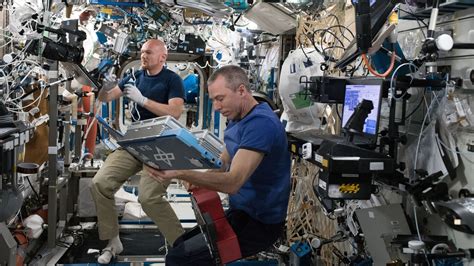
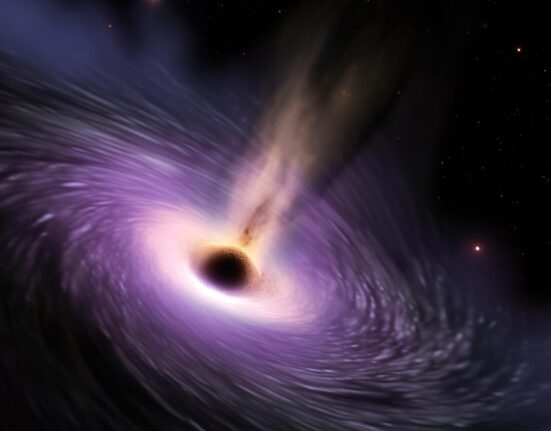

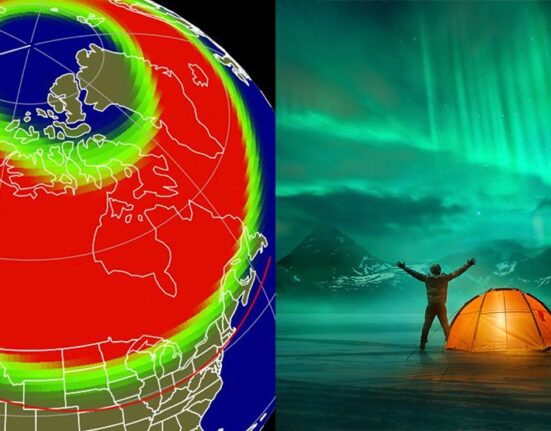
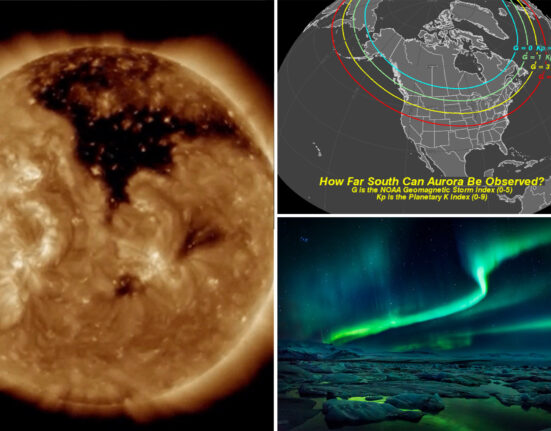

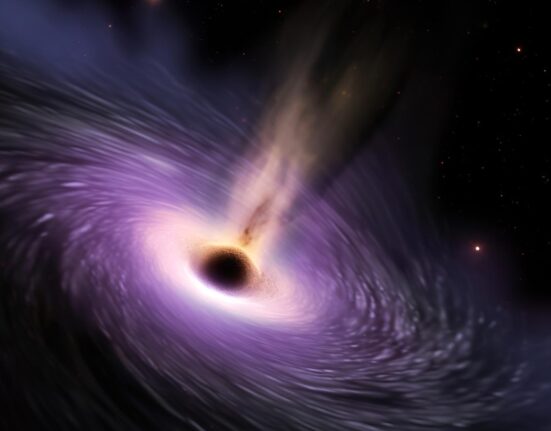
Leave feedback about this